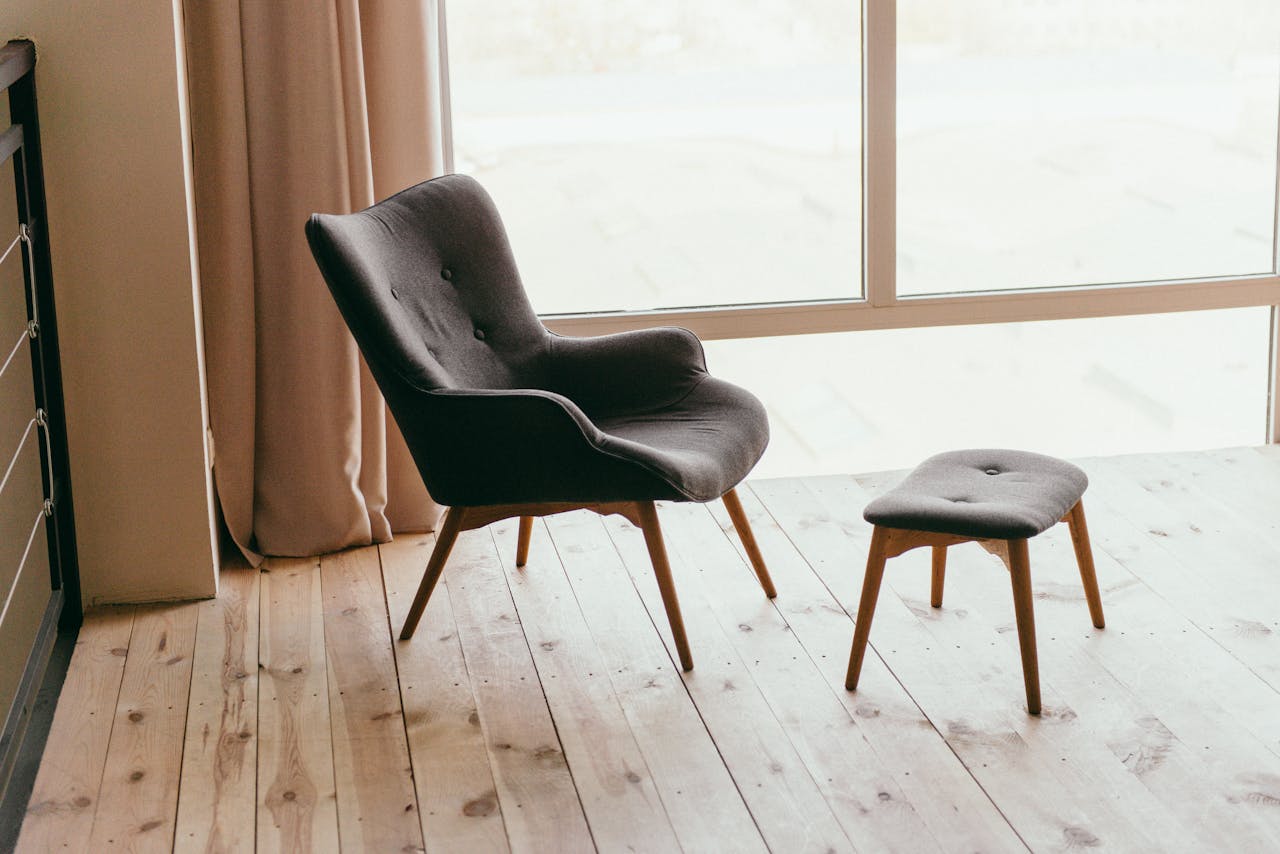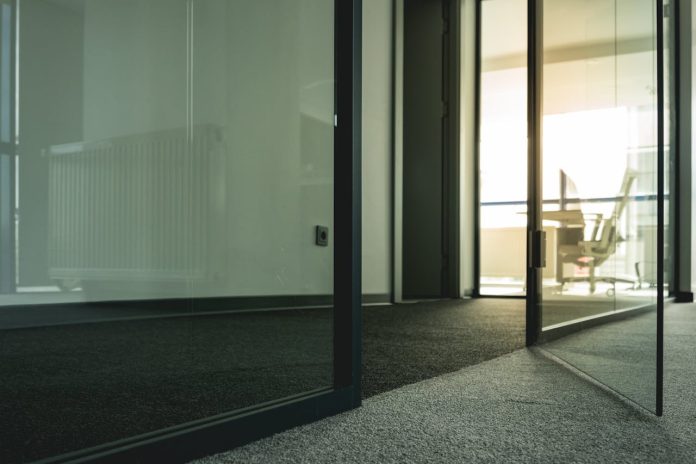If you’re redoing a high-traffic area of your home, it’s important to use resin, epoxy, vinyl, wood or ceramic for flooring that’s durable and able to resist scratches and other damage. Here are some of the best options.
Laminate flooring can resemble stone, wood or tile and has an impact-resistant top layer. It also has a dense fiberboard substrate.
Natural Stone
If you’re looking for a durable flooring material that will look good in the kitchen, bathroom or living room, you might want to consider natural stone. It’s a classic look that never goes out of style and is highly versatile, with limitless design options. It also holds up well to spills and stains, but dropping something heavy on it can crack the tiles. For this reason, you should consider having it laid by professionals unless you’re a keen DIYer with the right tools and enough time to take your chances on making one or two mistakes along the way.
Stone floors are made from various types of rock, including sedimentary stones like travertine and limestone that have been formed by layers of dissolved minerals and marine organisms. Igneous stones like granite are formed by extreme heat and volcanic action, while metamorphic stone such as slate has been changed from its original state under intense pressure and temperature.
All natural stone is extremely durable, and because no two pieces of it are alike, your floors will have tons of character and uniqueness. They may have a wide array of markings, lines, veining and crystallization that add to their beauty and make them truly stand out in the crowd. These are not flaws, though, as they form the very essence of your floors and give them their personality.
Limestone is a durable option for living rooms, as it resists dirt and moisture well and can withstand heavy foot traffic. It’s also a good choice for kitchens, as it repels pathogens and can easily withstand harsh chemicals that might be used in the cooking process. However, you should keep in mind that it doesn’t scratch easily and is prone to etching from acidic foods, such as citrus fruits or tomatoes. It’s recommended to seal it every few years to protect it from damage. Like travertine, it has a warm and rustic look that works beautifully in living spaces. It can also be found in many earth tones, such as pale yellows, soft grays and browns, so you’ll have no trouble finding a color that fits your interior design.
Hardwood
When looking at hardwood flooring options, durability is one of the main features that homeowners seek. Floors are subjected to a lot of abuse – from pet claws and spilled drinks to heavy furniture, dents and scratches can be difficult to avoid. However, with preventive maintenance and the right species of wood, a solid or engineered hardwood floor can stand up to a lot of damage and still look great for years to come.
The first consideration when it comes to determining how durable a wood floor is, is its hardness. Domestic and exotic woods are all measured for their hardness via a system known as the Janka Rating Test, which measures how much pound-force is required to push a steel ball halfway into the wood. The higher the rating, the harder the wood.
For example, oak is a classic choice for many homeowners because it has an excellent Janka rating of 1380. But hickory has a surprisingly high rating of 1820, which makes it a favorite for those seeking a tough, durable floor. It’s also a beautiful wood, with an array of colors and unique grain character.
Teak is another excellent wood for those who want a durable, stylish wood floor. It has a Janka rating of 2330 and is able to resist abrasions quite well. It’s also a sustainable wood, which is good for the planet.
Both solid and engineered wood floors can be made from a wide range of wood species, but the toughest of these are Hickory and Ipe (Brazilian Walnut). Both have a Janka rating of 3680 and offer a combination of durability, strong resistance to abrasions and abrasions, as well as rich exotic colors and beautiful grain patterns that will add to your home’s beauty.
Laminate is a less expensive option, but it’s not as durable as both solid and engineered hardwood. Laminate has a plastic layer on top of a wood-based substrate, and is therefore not as resistant to dings and scratches. It can be prone to moisture changes as well, and is typically not recommended for high traffic areas.

Laminate
Floors take a beating, and the best way to make them last is by choosing durable materials that can withstand heavy foot traffic and even scuffs and scratches. From pet claws to moving furniture, floors are subject to a lot of abuse and can be damaged in an instant if the flooring isn’t rated for durability.
Laminate is an affordable option that comes in a variety of designs and textures, including wood grain. The material can be used to create an artistic effect and add character to any room, while also being incredibly strong. It is a great choice for families with children or pets, as it can be easily cleaned and is resistant to stains and scratches.
The durability of laminate is due to the fact that it is made up of multiple layers. Up to five of these are sealed together in a lamination process, which allows the laminate to withstand the rigors of daily use. The core of the flooring is usually made of high-density fiberboard, which helps to make it sturdy and impact-resistant. It is then topped with an image layer, which can be digitally enhanced to mimic everything from natural stone to exotic woods. This top layer is then covered with a clear protective layer, which protects the surface from scuffs and scratches.
A major drawback of laminate is that it is not water-resistant, so spills can cause damage in a hurry. If water does get into the laminate, it can warp and damage the flooring, especially near seams and edges. It is important to have laminate installed by a professional to avoid moisture damage, and to ensure that the proper underlayment is placed beneath the tiles.
Another downside of laminate is that it is often made from non-renewable resources, which can contribute to depleting natural resources and increasing environmental pollution. Additionally, this type of flooring is not biodegradable, and will remain in a landfill for much longer than other types of floors. However, there are some laminate wood floors that have a SPC (stone plastic composite) core, which is more sustainable than other types of laminate.
Concrete
Concrete floors are typically reserved for commercial and industrial buildings, but technological advances make this durable flooring material a viable option for homeowners as well. Concrete can be colored, textured or polished to create an appealing design.
This building material is comprised of cement, water and aggregates (such as sand and gravel) that are mixed in precise proportions to create a strong and stable substance. It can be moulded into any shape, size or style and is reinforced with steel bars to provide added strength and durability.
Like natural stone, concrete is an extremely durable flooring option. It can withstand heavy traffic, moisture and impacts without being damaged or warped. It is also non-flammable and is highly durable against fires. In fact, concrete is a great choice for homes in hurricane-prone areas because it is impermeable to rain and humidity.
Another benefit of this durable flooring is that it does not absorb odors, so your home will never have that “rubbery” smell. It also doesn’t require any special cleaners, so it is easy to keep clean. However, it’s important to note that concrete is very cold underfoot unless you install radiant heating. It is also not a good choice for children’s bedrooms because it can be hard on their joints and backs.
While all flooring needs to withstand a certain amount of wear and tear, high-traffic areas demand even more durability from a floor. They need to be able to stand up to the constant traffic, dirt and moisture that is typical of schools, hospitals and restaurants.
Choosing the most durable flooring for your home or business will give you peace of mind that your investment is protected. Durable floors will last for years and resist damage, so they can help you save money in the long run by reducing your need for replacements. In addition, investing in the most durable flooring can increase your property value and make it easier to sell your home or business in the future. If you’re ready to start exploring your flooring options, contact us today for more information.




